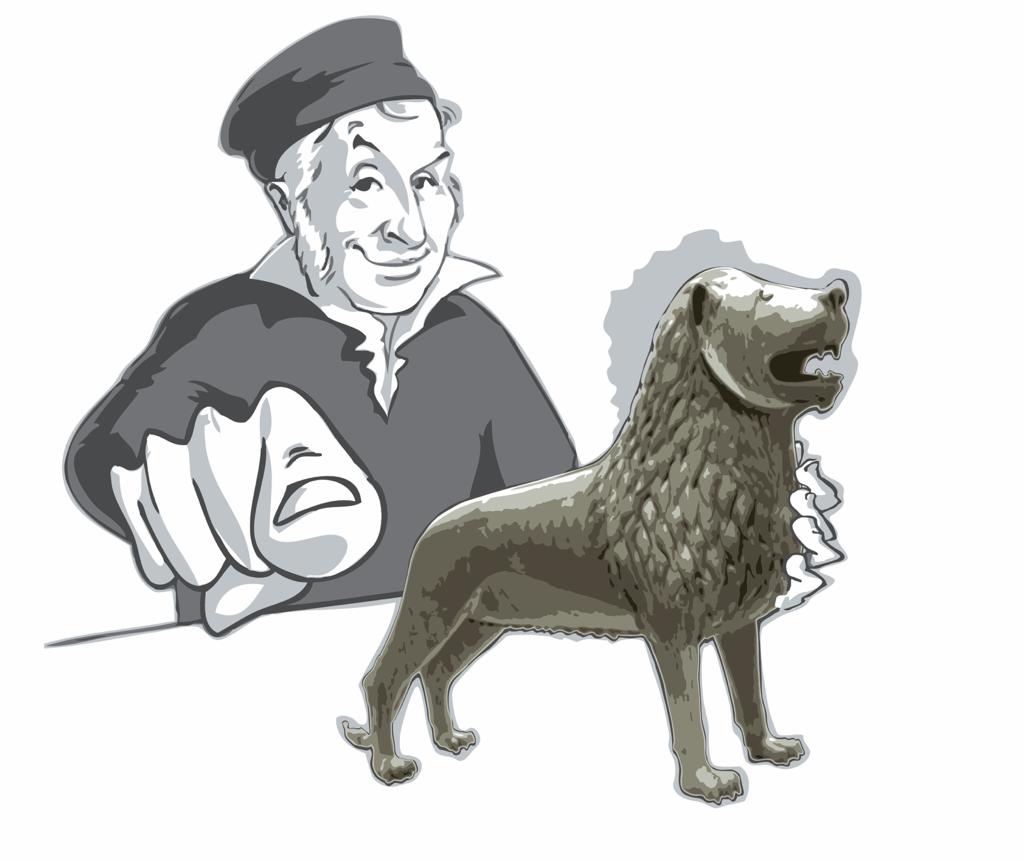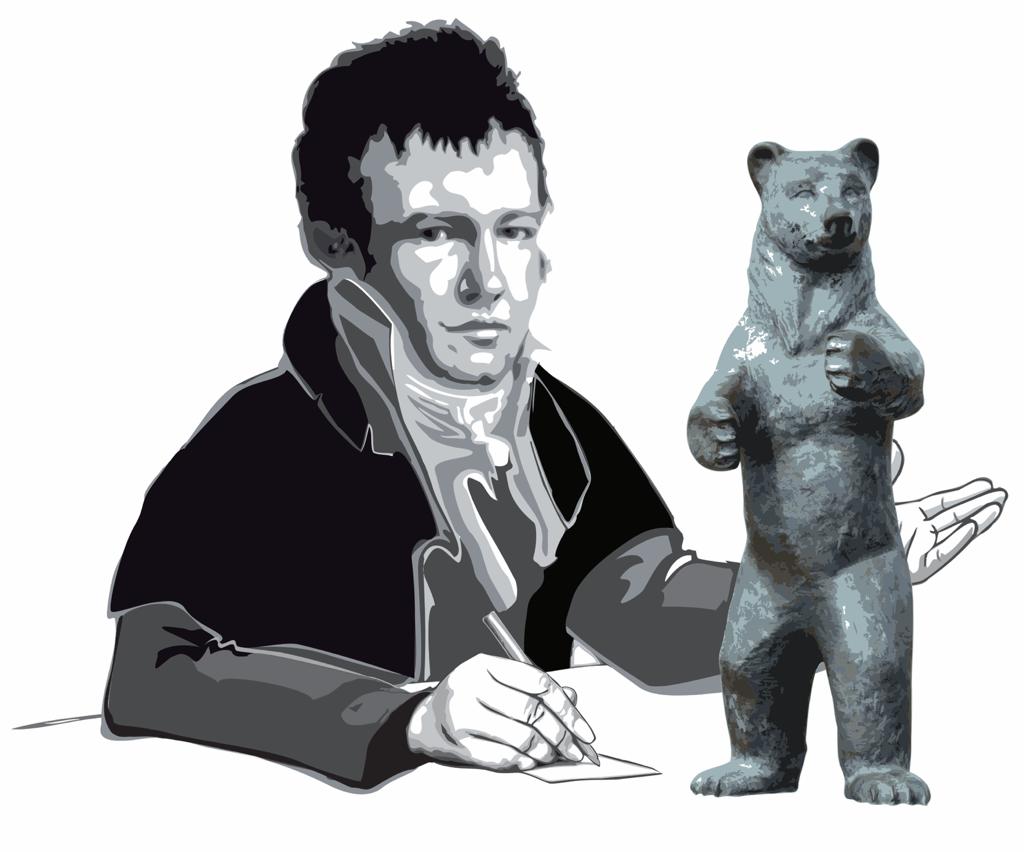Gauss-Telegraph: Travel during Corona – Vilnius
by Andrés Muñoz

National Museum of Lithuania and Gediminas’ Tower
If you haven’t traveled since the pandemic started, then you’re probably wondering how does travel look like during corona. Perhaps you were already planning your winter vacation, but the new lockdown (light) came into place. Through this new series of seven, we want to keep that spark of wanderlust alive and maybe give you inspiration for your next trip.
One of the advantages of living in Germany or in the EU during the pandemic is the ability to travel (mostly) freely since the borders started to open in June, compared to Asian or Latin American countries where travel has been heavily restricted.

Vilnius City Center
Our first stop of this series is Vilnius!
I know that Vilnius barely comes into anyone’s wish list when it comes to European destinations. However, it was the last Baltic country missing from my list. After my original trip got canceled, I decided to move it until June, without knowing how the whole situation would turn out. Luckily, the borders opened on June 15th and there were no restrictions for passengers arriving from Germany. While most people are still hesitating to travel outside Germany, my biggest motivation to start traveling again was to in some way help restart the economy. Many countries, especially in Europe, depend on tourism. Given that the majority of Non-EU-Citizens are not allowed to enter Europe for tourism purposes, these countries have to rely on intra-European travel even more. Think about it: Hotel staff, restaurant owners, tourist guides, airport staff and more people are built upon income from tourists.

Museum of Occupations and Freedom Fights
Anyway, I would say that Vilnius is quite underrated. What I like about the Baltic states is how modern they are, even though their capitals or main cities are around the same size as Hannover. Since it was my first time in Lithuania, I can’t really compare between pre-Covid travel and nowadays. Nevertheless, I can say that tourism there was massively affected there as well. Museums were mostly empty, walking tours got canceled, sightseeing buses didn’t even run or there was only a handful of people on board.
However, life in Vilnius seemed quite normal. Back then face masks weren’t mandatory anymore and and the city felt filled with life. People were sitting at restaurants or cafés, families were sunbathing at the artificial beach and shops were open too.
After all this information, I still haven’t said what can you do in Vilnius. Vilnius is a nice destination for a long weekend or you can combine it into a Baltic trip (You can check out our article about Riga from the last series). You can start your visit in the Old Town where you can visit the National Museum of Lithuania, the Gediminas’ Tower or the Museum of Applied Arts and Design. If you don’t like museums, I would still recommend a visit to Gediminas’ Tower. It’s the remaining fortification tower of the Upper Castle built in the 15th century and is one of the symbols of Vilnius today. It lies on the highest spot within the city center, so the views are marvelous.
Close to the Castle Hill, you’ll find the Palace of the Grand Dukes of Lithuania where you can get a glimpse of the architectural development of the palace – from the late Gothic to the early Baroque. It also houses exhibitions about everyday life in the previous centuries, armament and music.

Cepelinai or „zeppelins“
Two must-see attractions in Vilnius are the Museum of Occupations and Freedom Fights (also known as KGB Museum) and the MO Museum. The first museum is located in the former KGB building. For decades, the Soviet regime planned and executed their crimes on that spot. Interestingly, more Jews were killed in Lithuania than in Germany (in relative and absolute numbers). However, it wasn’t until 2011 when they added a section devoted to the Holocaust in Lithuania. Barely 30 years have passed since the Soviet occupation and you can still feel a strange vibe when you walk through the former prison, torture cells and execution rooms. On the other hand, the MO Museum is one of Vilnius’ latest additions to its cultural landscape. The museum houses modern and contemporary artworks, mainly from Lithuanian artists. One of the positive effects of the pandemic was being able to have a free audio guide on your smartphone to explore the current exhibition.
Fun fact about Vilnius: There’s a neighborhood which declared itself an independent republic on April 1st 1998 – The Republic Užupis. This bohemian district is also a UNESCO World Heritage and has its own constitution, president, unofficial currency, flag, anthem and cabinet of ministers.
„Everyone has the right to be happy.“ (Article 16 of the Užupis Constitution)

Entrance to Užupis
If you decide to go to Lithuania, don’t forget to try Cepelinai or „zeppelins“- I’m not sure if there’s a vegan version for this. The name comes from the shape of the Zeppelin airship and it’s one of Lithuania’s national dish. These dumplings made of potatoes are filled with meat and mushrooms and are served with a cream sauce.
Tomorrow’s destination is Lyon!
Note: At the moment of travel, this region/country was not on the list of risk areas according to the Robert-Koch-Institute .
Before making any travel plans, check the latest advice from the Federal Foreign Office. You can download their app (Android or iOS) to stay up-to-date or check the IATA’s website for the latest entry requirements.



You must be logged in to post a comment.